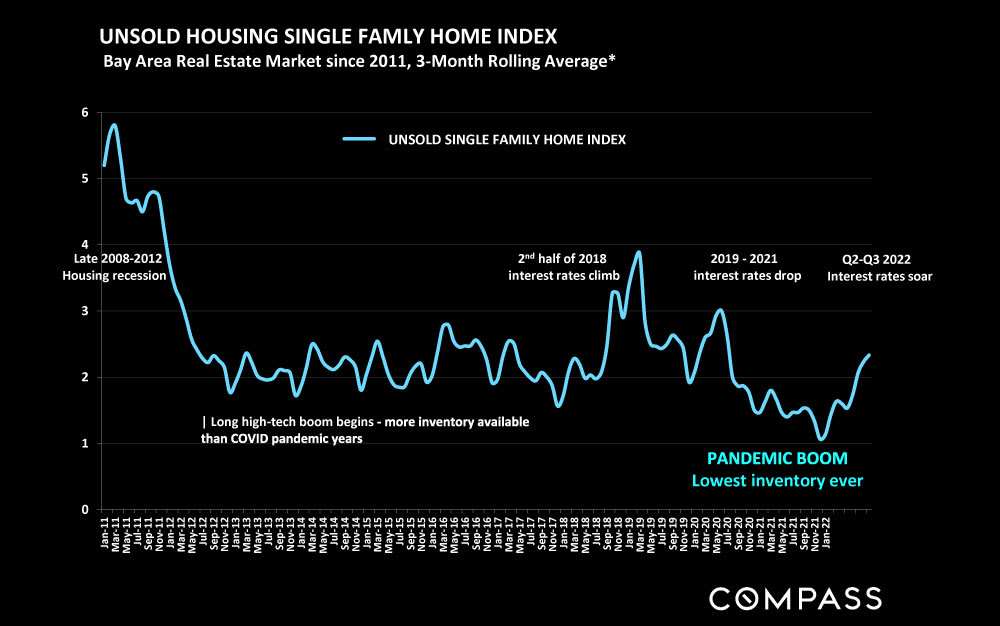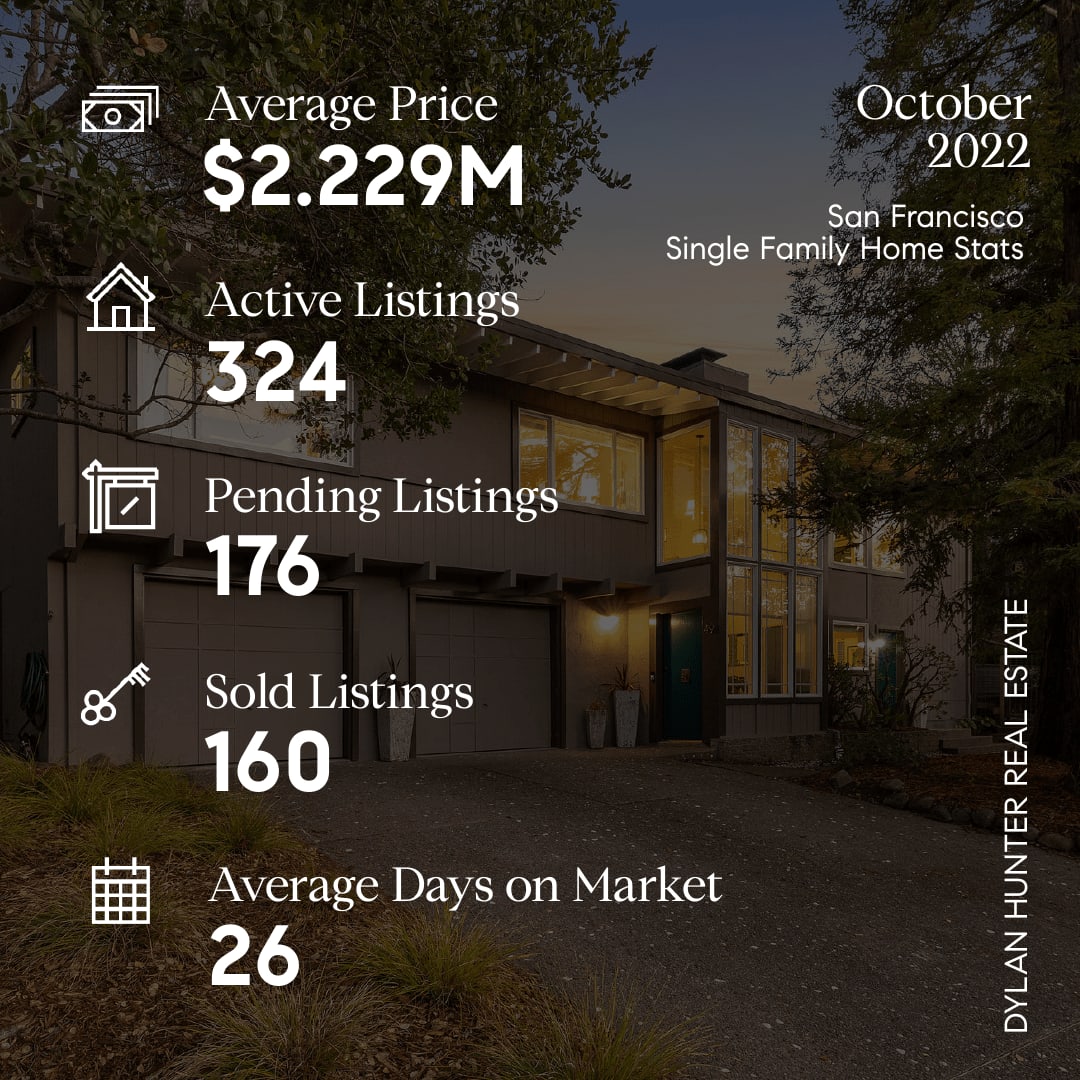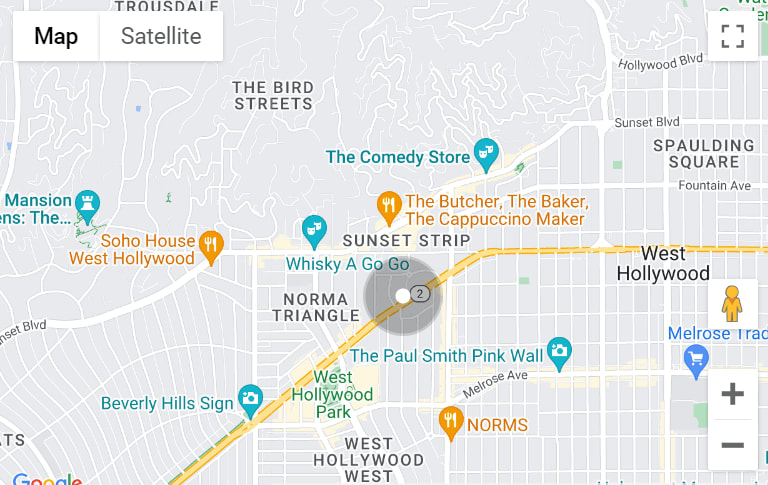The Two Pandemic Boom Markets
Home demand has clearly weakened significantly due to the economic headwinds of 2022 – inflation, interest rates, financial market volatility – but buyer and seller expectations have also been somewhat distorted since the overheated conditions during the pandemic boom.
There are two kinds of booming housing markets that emerged during the pandemic years that have affected property value here and nationwide. We will explore what were the reasons for moving and how that affected property values for the short and long term.
-
The Longterm Boom Markets
COVID also triggered something that had been missing in the markets: the urgency to accelerate plans that had been mulled over but not acted on for some time: retirement, a move to the suburbs, a move for lower state taxation, trading up into larger properties, etc. These moves caused exaggerated home price spikes, but are less susceptible to big price declines. I'd suspect this arena re-balances when interest rates come back down and it's possible these areas may continue to see price appreciation, mostly fueled by under-supply, but equally by continued, growing demand.
I experienced a number of sales with buyers in the longterm market category. Many of my buyers purchased in highly desirable neighborhoods, opting to stay in the city. The most important selling features of 2021 were private outdoor spaces such as backyards and walkability to amenities such as parks and grocery stores. An added bonus was a “zoom room”, another term for a home office with a pretty background for zoom meetings.
Views all of Dylan's 2021 Sales Activity
-
The Transitory Boom Markets
When COVID hit hard, many people re-evaluated - often hastily - where and how they wanted to live. Many immediately surmised that viral infection and death rates would be far higher in urban centers where the concentration of people was higher. These reactionaries retreated to isolated rural areas such as farms or in the mountains without ever having explored that lifestyle, but turning them in zoom towns where they can work from remotely. This market is now re-visiting where they wish to live yet again. Some rural markets that experienced this insurgence saw home prices surged at levels few thought sustainable. Some of these areas will erode some or most of these gains of the past 2 years.
With the current market correction in progress, what will ultimately be considered heated, balanced or weak remains in flux while the market adjusts to the economic and demographic changes still in process.
UNSOLD INVENTORY INDEX : FROM 2011-2022
Historically, the current level of inventory would typically be considered to indicate a sellers’ market. But it has doubled since the height of the long pandemic boom, and buyer and seller expectations of what is normal have changed. The supply of listings now seems high even though it’s at a low point. However, soaring interest rates has given buyers a slight edge in this low inventory market.
OCTOBER MARKET REPORTS
San Francisco October 2022 Real Estate Charts and Graphs
When looking at recent market changes, it is important to remember how overheated the market was in 2021
and early 2022 – many quarter-to-quarter, and year-over-year comparisons are distorted by the unusual
(sometimes frenzied) conditions that prevailed then. It is also wise not to jump to definitive conclusions based
upon a single quarter’s data: The economy and real estate market are still in a period of adjustment.




